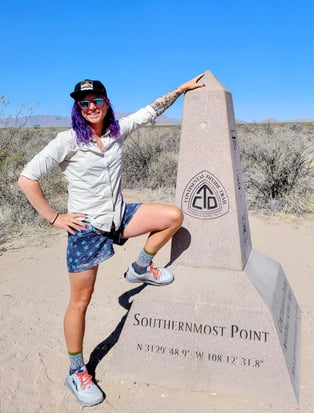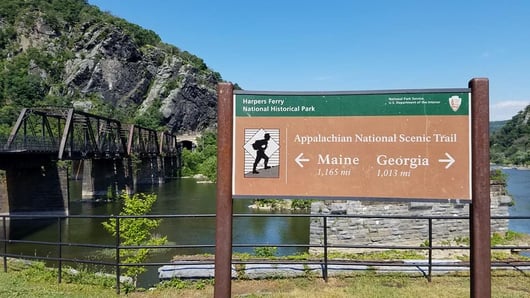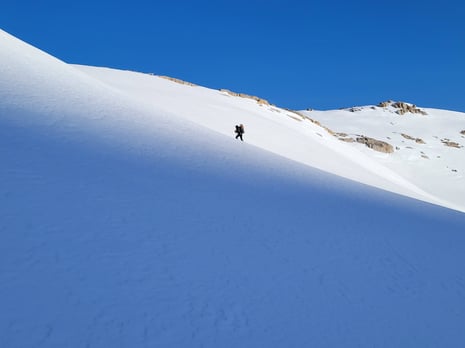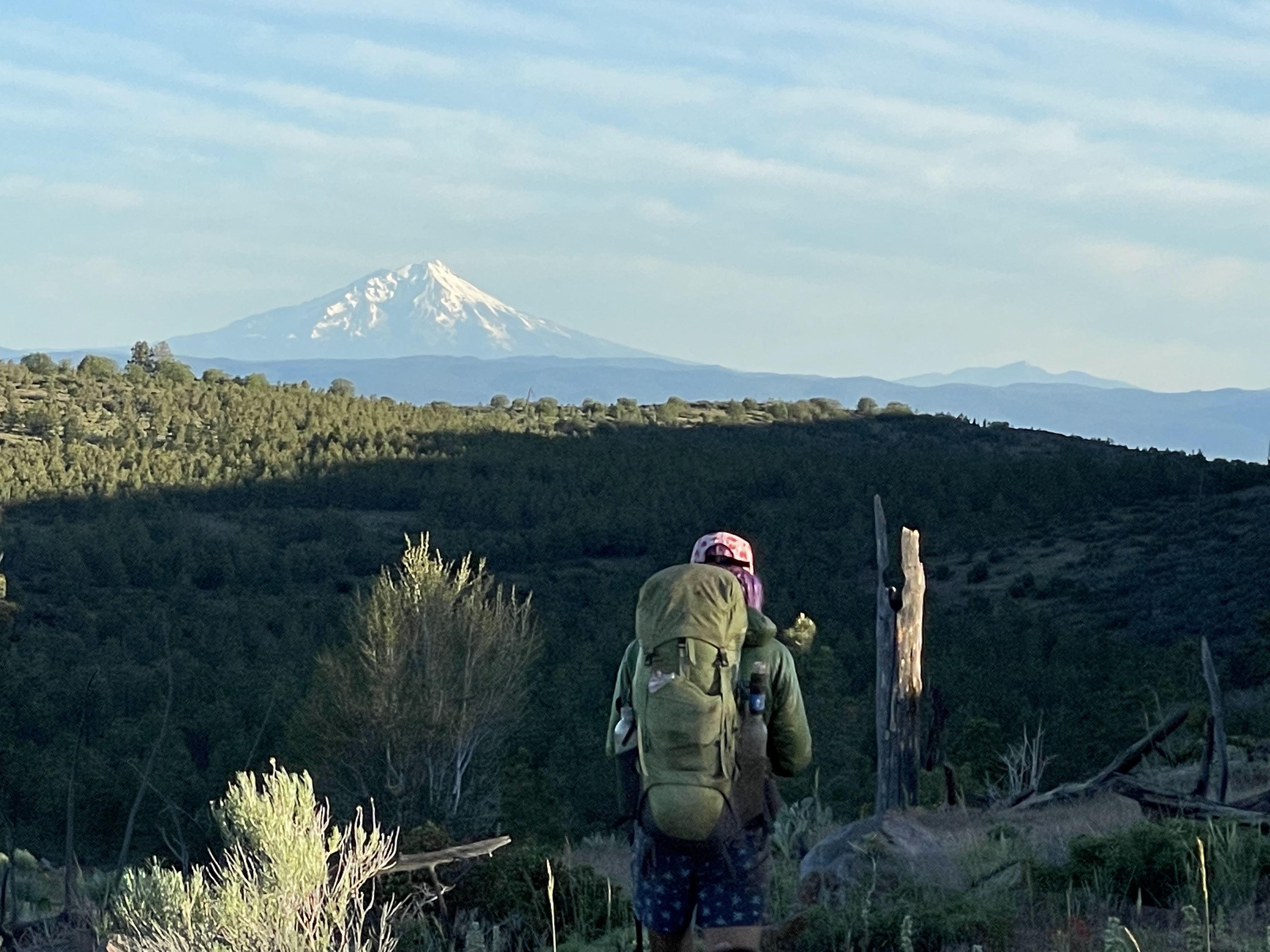8 Tips for Planning Your First Thru-Hike
Are you thinking of taking on your first thru-hike? We reached out to seasoned thru-hiker and deuter ambassador Lyla "Sugar" Harrod for a few tips to help you with planning. She has hiked the Appalachian Trail, Pacific Crest Trail, Arizona Trail and Bay Circuit Trail. She holds the “Fastest Known Time” record for a women’s unsupported hike of the White Mountains 48 4,000 footers, so we figured she knows a thing or two about thru-hikes.
There’s nothing like the excitement of planning for your first thru-hike. However, the gear, logistics, skill development and mental preparation that go into it can seem overwhelming at times.
As someone with 7,000 miles of thru-hiking experience, I’ve worked out what works for me, and what doesn’t. These are some of my most important tips, and I’d love to hear your thoughts in the comments about what's most important to you!

- Create a comprehensive gear list
- Use previous hikers gear lists as a reference. Do not use gear lists from other first time thru-hikers. Look for final gear lists to see what gear people ended up with, not what they started with.
- Your gear list will give you a sense of what you have, what you need and/or want to upgrade, and how heavy your pack is getting.
- Lighterpack.com is a common website for keeping track of your gear list and viewing others’ gear lists.
- Build your skills
- Know the Leave No Trace principles including responsible bathroom practices.
- Have a basic knowledge of wilderness first aid topics, like signs of dehydration and hypothermia.
- Proper layering of clothing - knowing the role each of your layers plays in keeping you safe and comfortable.
- Safe water filtration practices
- Get comfortable with your gear. Know how to set up your tent, filter water, cook with your stove, store your food safely etc.

- Consider your nutrition on trail
- Have a game plan for what kinds of food you will eat on trail, knowing your access to full grocery stores will be limited.
- Needs will differ depending on the environment. Desert heat? Plan on more salt to replenish electrolytes. Big mountains? Lots of carbs and fat for sustained energy on big climbs.
- Create a budget
- Have a firm number for how much money you have and what you’re willing to spend during the trip. Have you created a buffer in your budget in case you go over budget? What will you do if you run out of money?
- Roughly itemize for lodging, food, replacement gear etc. Be sure to include money for fun stuff too!

- Outline logistics for the journey
- The plan will change, but it can be helpful to have a broad idea of when you’d like to get to points on the trail, understanding you will need to be flexible.
- Mailing resupply boxes - Trails such as the Appalachian Trail are easier to go without mailing resupply boxes since there’s more access to towns… but more remote trails like the Hayduke Trail demand a firm resupply plan while heavily relying on mailing boxes as grocery stores are extremely rare.
- Have a plan to maintain your mental health
- Talk with friends and loved ones and ask them for support. Are they open to you calling to check in every week or two? Can you call if you’re in crisis?
- Know your reasons for hiking - List out core motivators that you can come back to when things get tough.

- Engage your extended support networks
- If you know people who live on or near the trail, reach out ahead of time to ask if and how they might be willing to support you. Keep a list of these people, their contact info and location on your phone for reference.
- Prepare your body for the challenge
- Get some endurance practice (long walks/day hikes) to get used to the mental state of walking all the time
- Go on as many overnight backpacking trips as you can to build fitness, practice your skills and learn what works for you.
Lyla is currently hiking the Hayduke Trail in Utah and you can follow along on Instagram @seltzerskelter.

